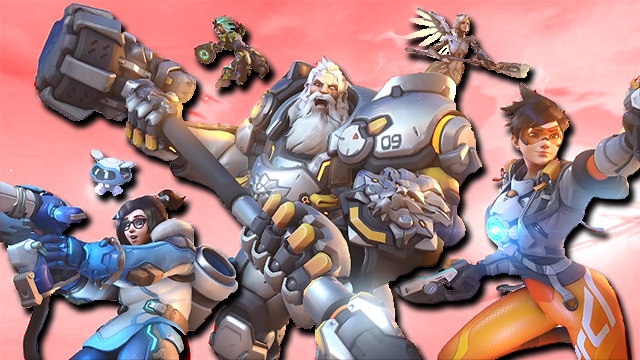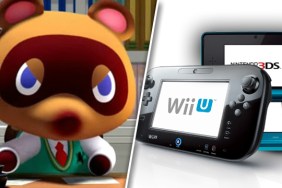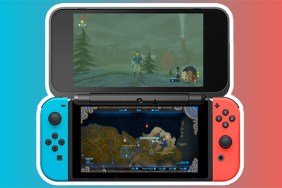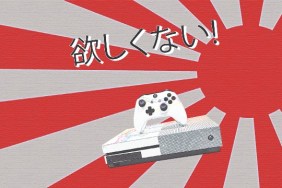Sequels usually spell the end of the franchise entry it is succeeding. The sun sets on one game so it can rise for another. But Blizzard is like an Alaskan summer in how it elongates the sunlight on its suite of titles by supporting them for years if not decades. Sequels only release when the company seems to have naturally let the game run its course after a healthy life. It’s why Overwatch 2 is such an anomaly being the follow-up to a still-kicking first entry less than four years later. But instead of feeling like a cheap cash grab mandated by its Activision overlords, Blizzard is cleverly redefining how a sequel works by not abandoning that first game.
Overwatch 2 won’t completely replace the original
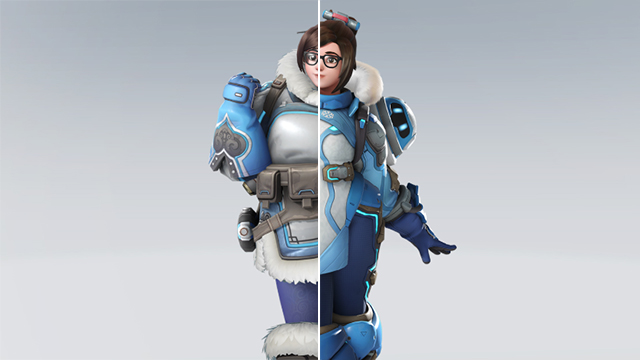
Blizzard is doing this in a few key ways. Every hero and map currently in the first Overwatch will launch with Overwatch 2 but, perhaps more importantly, every hero and map releasing in Overwatch 2 will also make its way to the original. Players of both games will even be able to face off against each other in one shared pool.
ALSO: Overwatch 2 Release Date and Platforms | When is Overwatch 2 releasing?
Sequels are never this welcoming to players of the old game because the point of a sequel, in the most capitalistic sense, is to squeeze people into buying the new game. If you want the new stuff, you’re going to have to plunk down money in order to experience it even if you still like and play the last game. And that’s not always an absurd proposition as it is what most games do. Black Ops 4 basically died when Modern Warfare hit as is the annual Call of Duty tradition. NetherRealm didn’t just update Mortal Kombat X with new characters; it just released Mortal Kombat 11 instead.
Blizzard could have gone down this path but by resisting the norm and promising to keep adding new content, it’s allowing that first game to continue in a stronger way. Overwatch gets to live alongside (instead of getting completely replaced by) its follow-up in a consumer friendly way that is almost never an option. Blizzard isn’t killing Overwatch to make room for Overwatch 2; it’s using that sequel to give the original a longer, healthier life. It’s unheard of to nurture a previous game in this fashion yet is a thoughtful decision since it benefits the playerbase by not leaving anyone out. The PvE experience is the biggest selling point of Overwatch 2 (and only possible through the game’s updated, more PvE-friendly engine), but it’s not holding the vibrant PvP community hostage in the process.
Bringing over cosmetics is an incredible player-friendly move
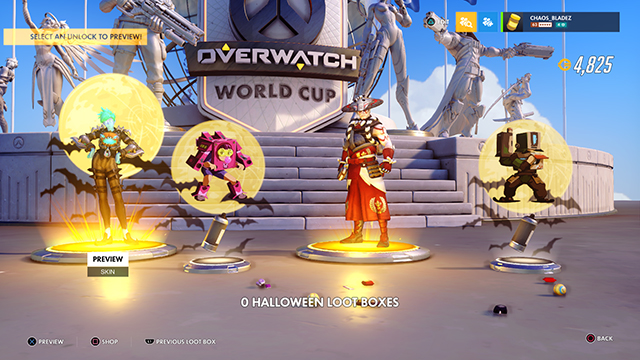
But the team is not only serving those who want to stay behind; it’s also helping those who want to move on as Overwatch 2 is letting players carry over their cosmetics. Everything from your dancing Doomfist emote to your Nutcracker Zenyatta skin will transition to Overwatch 2 and let you continue adding to your stockpile of items unabated.
Sequels almost always force players to abandon everything they’ve acquired in the first game, which makes less and less sense as the gaming landscape changes. Games — Overwatch included — keep adopting service models, meaning they want to stick around for longer and have systems in place to get players invested. And cosmetics are almost always a tangible way to foster that investment.
After all, these items, be it shaders in Destiny or special gun camos in Call of Duty, take effort to get. Having to earn them makes it easy to get attached to what you’ve collected as they act as medals for your accomplishments that you can often show off. But all of that time and energy means little when the follow-up drops — a heartbreaking inevitability for those who’ve poured in countless hours to get an arsenal of cool stuff only to see it disappear. Overwatch has given players three-and-a-half years to get attached to its growing wardrobe of skins and throwing that all away would have been agonizing.
Starting from scratch is a big part of why the recent Switch version of Overwatch was such a bummer. While a decent port in its own right, it was needlessly frustrating to have to re-earn years worth of priceless cosmetics and strut around in default skins for hours. It was technically Overwatch, but it wasn’t your Overwatch.
Other lifestyle games should take notes from Overwatch 2

Overwatch 2 is letting players continue what they started and should be the norm for more lifestyle games. This starts with letting players continue playing their main with the full roster from the first game, but ends with giving them access to what they’ve spent so long earning. Developers want players to devote themselves to their worlds and then let that devotion manifest in the rewards they hand out. It’s almost cruel to yank that away. This approach is not applicable to every title in the same ways as Overwatch 2 but the next games in the Destiny, Call of Duty, and The Division franchises would be wise to carry more gear over from game to game and not treat their previous entries as disposable experiences.
The co-operative PvE modes, updated visuals, and Bastion’s new hat are attractive, marketable bullet points that would easily sell an Overwatch sequel to a wide variety of people. And those aspects are definitely worth getting excited for. But the bigger picture of letting players continue their progression from the first game while also not ditching that existing userbase are truly innovative and the most respectable aspects about Overwatch 2. It abandons the nearly standard notion that sequels are almost always about moving on and starting over — a practice that doesn’t make much sense for certain games nowadays. Overwatch 2 not only looks like a good sequel that will likely move the series in a smart direction, but also one capable of teaching other sequels how to look ahead without ignoring the past.
